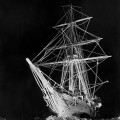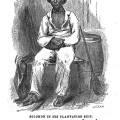The Essex: The True Story of Moby Dick
Whaling was a dangerous career, but Herman Melville’s now famous Moby Dick seems to create a version of it that’s beyond belief. Singing whales…sure, but homicidal ones?
Only, Melville actually toned down the truth…
Moby Dick may not have been white, but the story was real enough. Just ask Capt. Pollard of the Essex, a whaling ship that set sail in 1819 in search of fame and fortune. The captain was young; not even thirty years old at the time that he led his crew into the Pacific, hoping to bring home his catch of whale blubber.
And then it happened.
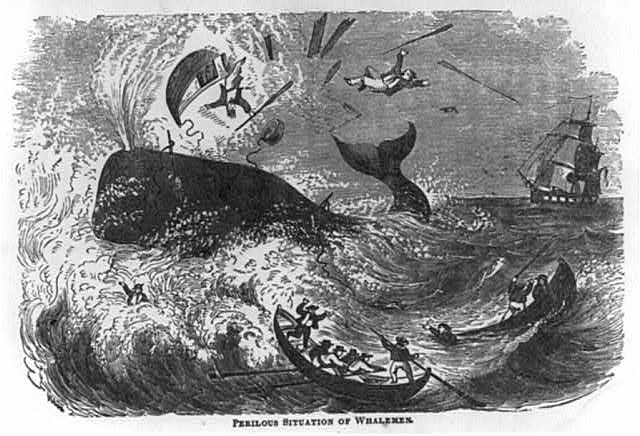
Perilous situation of Whalemen, 1861. Public Domain Library of Congress.
The Real Story of The Essex Whaleship
Perhaps as vengeance for the whale hunt, or as nature’s way of punishing the crew for a fire they set on Floreana Island that is theorized to have caused the extinction of Floreana tortoises, the boat became the target for a whale that made Moby Dick seem tame. A massive whale that Pollard’s second in command, Owen Chase, estimated at 85 meters in length, charged the Essex. The whale, stunned from the initial blow he dealt the ship, paused for a moment, swam away, and charged again. He was angry, and knew how to take it out on the wooden ship. The 88 meter-long Essex was no match for the monstrous beast.
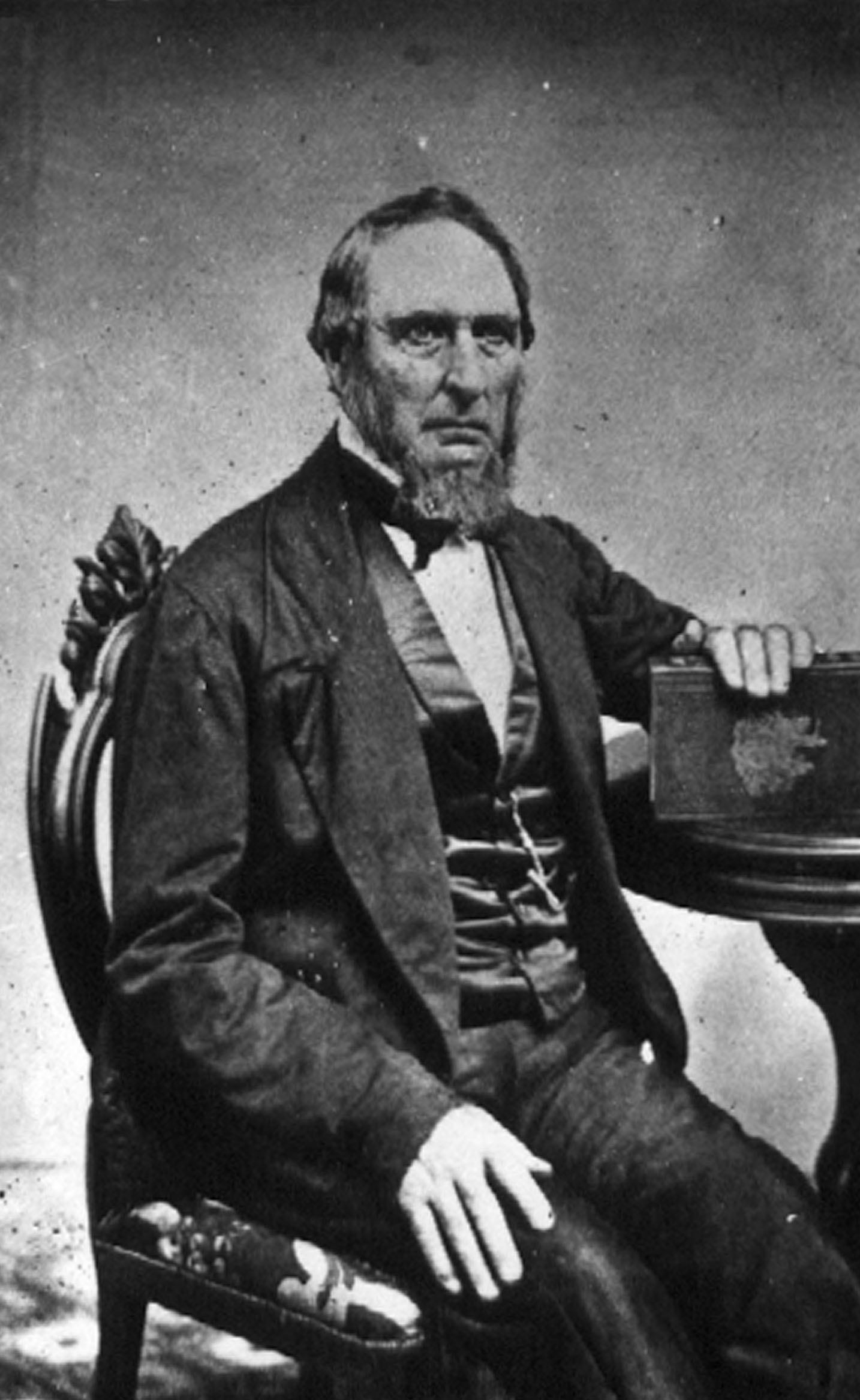
Owen Chase, later in life. Photo via wikipedia.
Pollard had been actively pursuing the hunt of smaller whales in one the ship’s hunting boats. He returned to the Essex to find it sinking, and asked,
“My God, Mr. Chase, what is the matter?!” – Owen Chase
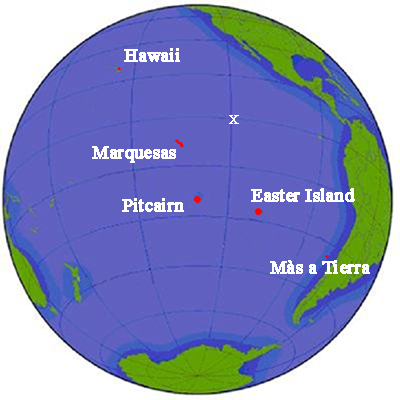
Map of the Essex sinking. Photo via wikipedia.
Shocked and suddenly ship-less, the 20-man crew loaded the remaining rations, maps, supplies, and themselves into the three surviving smaller craft – none of which were designed for long voyages – and watched in horror as the Essex sank to the bottom, loaded with their hopes of fame and fortune.

From Moby Dick. Photo via wikipedia.
The crew decided to follow Owen Chase’s suggestion to head towards South America instead of towards the nearest island chain, the Society Islands. Rumors of cannibalism in the islands frightened them, although historical records show that merchant ships frequented the islands regularly without incident.
That decision, according to Herman Melville, likely cost the lives of 8 members of the Essex’s crew. Saltwater infiltrated the rations, leading the men to overeat and dehydrate quickly. The sun beat down on the three boats mercilessly.
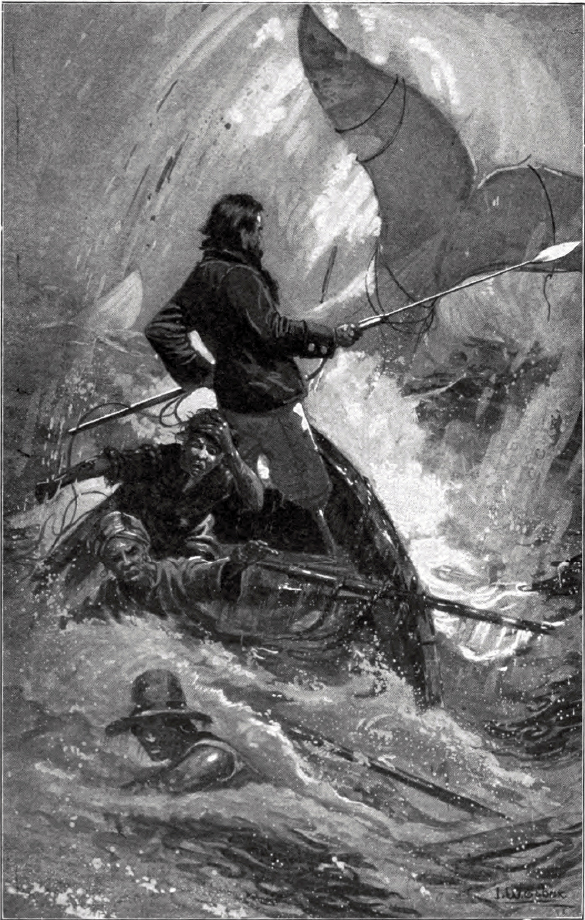
From Moby Dick. Photo via wikipedia.
And the whales weren’t done with Pollard. Days after the ship sank, a killer whale attacked his small boat.
By the time the crew reached Henderson Island, an uninhabitable land with limited resources, they were starving. Rations were almost gone, and the voyage was frightening. Some of the men had already died of thirst.
On Henderson Island, they encountered enough to regain their strength somewhat, but the island’s sparse resources clearly couldn’t support the crew for long. Taking to water was the only solution, but by this point three of the men were so traumatized, they chose to stay on the island.
It was a smart call. They were rescued four months later, dehydrated but alive.
Resorting to cannibalism
Three days after the boats left Henderson Island, the crew once again ran out of resources. By early February, the boat led by Owen Chase had resorted to cannibalism for survival. According to Chase’s account of the first cannibalistic event, the men “separated limbs from his body, and cut all the flesh from the bones; after which, we opened the body, took out the heart, and then closed it again—sewed it up as decently as we could, and committed it to the sea.” They cooked the organs and flesh on a flat stone, and ate them.
Over the coming weeks, at least three more crewmembers were eaten after they died. And then Pollard faced a personal struggle that cost him dearly.
On the Essex, one member of the crew was Captain Pollard’s young cousin, Owen Coffin, a teenager with a last name too apt for his fate. According to the custom of the sea, the men – having run out of food – drew lots in order to choose one man who would be killed and eaten. Coffin’s fate was sealed. His best friend on the boat, Charles Ramsdell, had the misfortune of drawing the lot to shoot his friend.
Pollard offered his own life in place of his cousin’s, but Coffin objected, saying he liked his lot as well as any other. He was soon shot, eaten, and his carcass thrown overboard.
Crazy with hunger and delirious, the remaining survivors were separated on the ocean and rescued by two boats – the American Dauphin, and the British Indian. After 89 days at sea, the men were safe. Their cannibalistic acts were largely forgiven – considered normal under the circumstances, save that of Capt. Pollard. Eating his cousin was considered a disgrace.
Pollard’s bad luck continued throughout his life. After his first failure at sea, he was given the Two Brothers to captain. The Two Brothers was the same boat that carried him back to Nantucket Massachusetts after his rescue, and it soon met a similar fate. The wreck of the Two Brothers on a reef in the French Frigate Shoals was discovered in 2008.
Pollard was considered a “Jonah,” and unwelcome on the sea. He died alone, a night watchman in Nantucket. His story was largely forgotten, save for the impact it had on young Herman Melville, who used it as the base for his novel.
Melville worked on a whale ship with Owen Chase’s son, and once met Pollard on a trip to Nantucket. He considered the then 60 year old captain a kindred spirit. The two shared tragedy and a whaling past – Melville’s Moby Dick made minimal sales during his lifetime, and his other novels were buried in obscurity. His two sons died, and Melville began to drink, live a reclusive life, and work a humble position as customs inspector in New York City.
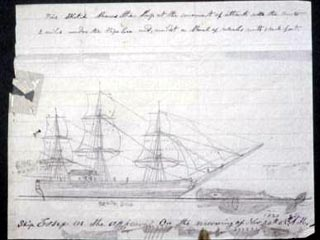
Drawing of the attack by Thomas Nickerson, one of the survivors of the Essex. Public Domain.
And yet, the whale’s story lives on in film…
Nathaniel Philbrick resurrected the tragic story of the Essex in 2000, with his book In the Heart of the Sea. Pollard’s true life-story – more harrowing after the whale’s attack than during it – will soon be brought to life with the help of modern cinematic technology. Ron Howard is bringing the book, and the whale, to life in a movie starring Chris Hemsworth, Cillian Murphy, and Tom Holland.
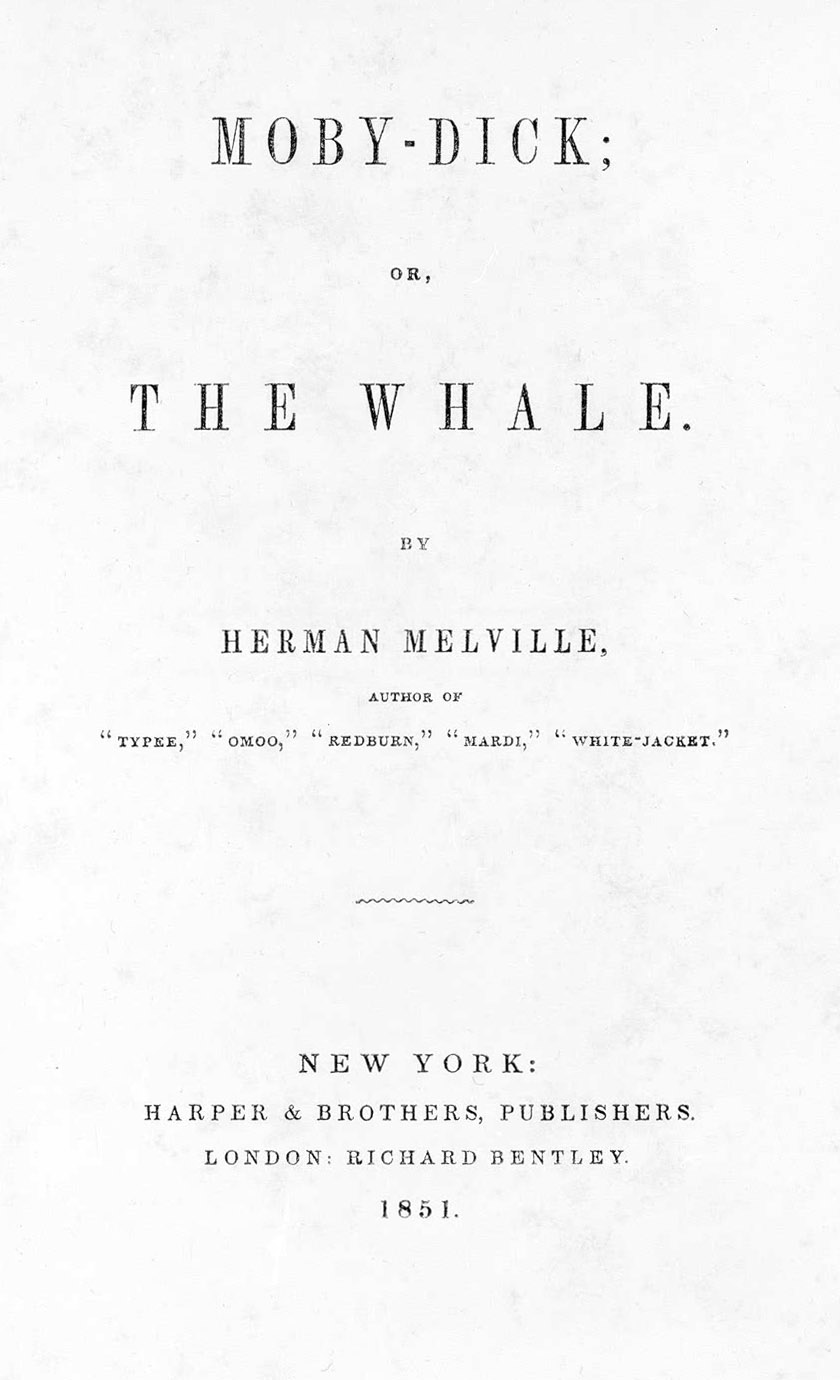
Moby Dick, by Herman Melville. Photo via wikipedia.
Are you ready for Ron Howard’s version of this stranger than fiction tale? Here’s survivor Thomas Nickerson’s account.

Still image from Ron Howard’s, “In the Heart of the Sea.”

Herman Melville, author of Moby Dick. Photo via wikipedia.




